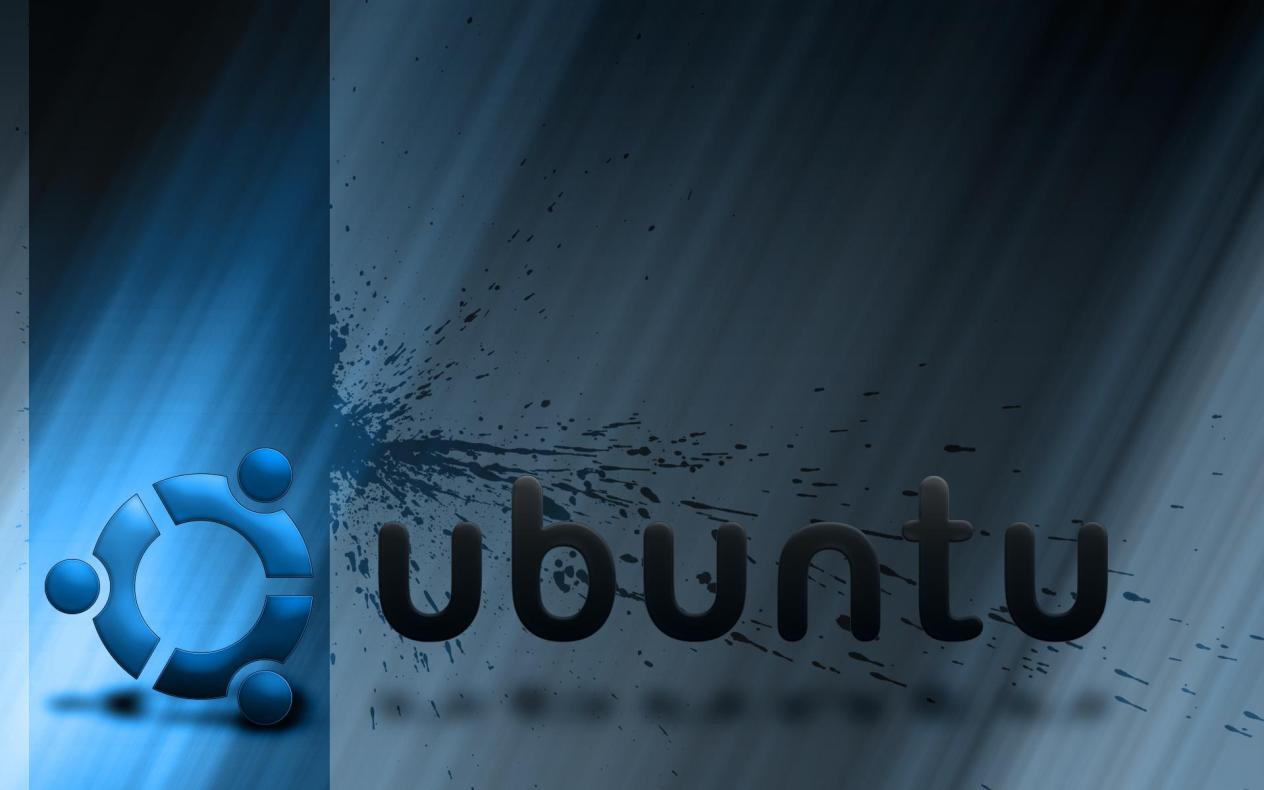Investigating the Use of Command-Line Linux for Aircraft Maintenance and Troubleshooting
Purpose of the article: To explore the use of command-line Linux for aircraft maintenance and troubleshooting.

Significance: Highlight the growing adoption of Linux in the aviation industry and its potential benefits for aircraft maintenance.
Background
Overview of Linux:
- Linux is an open-source operating system that has gained widespread adoption in various industries, including aviation.
- It is known for its stability, security, and flexibility, making it a suitable choice for mission-critical applications.
Linux in the Aviation Industry:
- Linux is increasingly being used in aircraft systems, avionics, and ground support equipment.
- Notable examples include Boeing, Airbus, and Lockheed Martin using Linux in their aircraft.
Advantages Of Using Command-Line Linux For Aircraft Maintenance And Troubleshooting
Enhanced Efficiency:
- Command-line Linux enables faster and more efficient troubleshooting by providing direct access to the system.
- It allows technicians to automate tasks, use scripts, and perform batch operations, saving time and effort.
Improved Accuracy:
- The command-line interface reduces human error by providing precise control over commands.
- Error messages and logs provide accurate diagnostics, helping technicians identify and resolve issues quickly.
Flexibility and Customization:
- Linux is highly flexible and can be adapted to different aircraft systems and maintenance requirements.
- Users can customize the command-line environment to suit their needs, enhancing productivity and efficiency.
Cost-Effectiveness:
- Using open-source Linux can lead to significant cost savings compared to proprietary software.
- Free and low-cost Linux distributions and tools are available, reducing the financial burden on airlines and maintenance organizations.
Challenges And Limitations
Steep Learning Curve:
- Command-line Linux has a steeper learning curve compared to graphical user interfaces (GUIs).
- Technicians may require training and resources to become proficient in using the command line.
Lack of User-Friendly Interfaces:
- Command-line Linux lacks graphical user interfaces, which can be a barrier for technicians accustomed to GUI-based tools.
- This may require additional effort to learn and adapt to the command-line environment.
Security Concerns:
- Using Linux in aircraft maintenance raises potential security risks, such as unauthorized access and cyberattacks.
- Implementing robust security measures, such as firewalls, intrusion detection systems, and regular software updates, is essential to mitigate these risks.
Case Studies And Examples
Real-World Applications:
- Case studies and examples of airlines and maintenance organizations successfully using command-line Linux for aircraft maintenance are available.
- These case studies highlight specific scenarios where Linux proved beneficial in troubleshooting and resolving issues.
Industry Trends and Future Developments:
- Emerging trends and advancements in the use of Linux for aircraft maintenance are being explored.
- Ongoing research and initiatives aim to improve the integration of Linux into aviation systems and enhance its capabilities.
Conclusion
Command-line Linux offers significant advantages for aircraft maintenance and troubleshooting, including enhanced efficiency, improved accuracy, flexibility, and cost-effectiveness.
While challenges such as the steep learning curve and lack of user-friendly interfaces exist, the potential benefits of Linux in revolutionizing aircraft maintenance practices are substantial.
Further exploration and adoption of Linux in the aviation industry are encouraged to unlock its full potential and improve the safety, efficiency, and reliability of aircraft maintenance operations.
YesNo

Leave a Reply